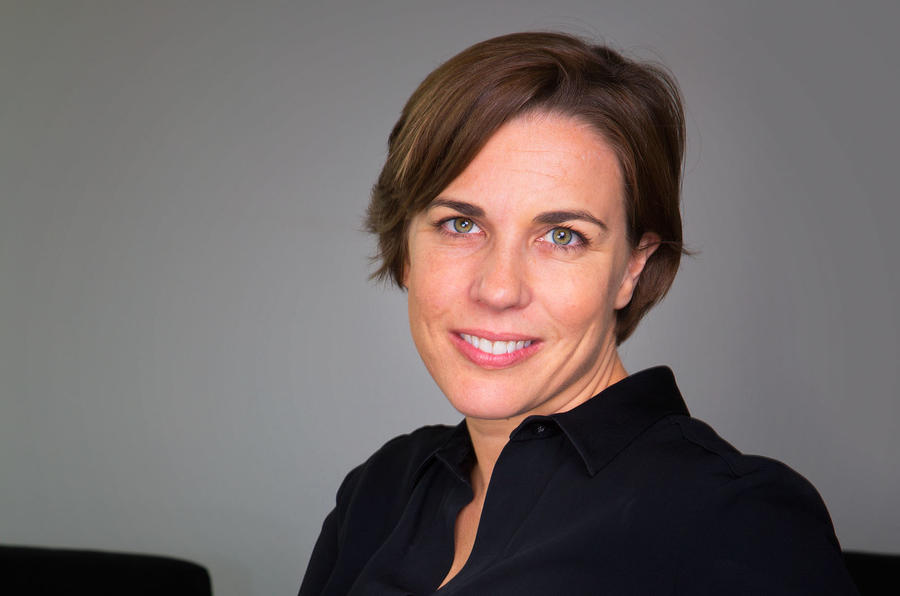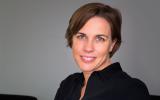It’s a surprise in one way, but not in another, that the first person we encounter at Williams F1 – on a mission to meet deputy team principal, Claire Williams and investigate the reasons for the F1 team’s renewed success – is the founder himself, Sir Frank.
As we wait for the receptionist, he appears behind us in the famous wheelchair, on the way to the lift and his office upstairs.
My colleague Mr Hallett and I have met him before, but nothing prepares you for the piercing eyes, the directness of the questioning; the sheer force of this exceptional man’s personality. His face is so famous from the haunted fishtank that it’s quite startling to see it in the flesh.
He deals with us briskly. In a few seconds, he has satisfied himself on the validity of our errand, made sure that we’re being assisted, politely wished us a successful visit and disappeared into the lift with his ghost-like assistant.
Without words, he has also answered a question I might later have asked: what is Sir Frank’s role around here, given that he removed himself from the Williams executive board back in 2012?
The answer is now so obvious: he continues to be the setter of Williams’ standards and the keeper of its flame. He is an enormous, continuing asset – as his daughter will tell us without prompting in a few minutes’ time.
We troop upstairs, two hacks and a photographer, and then walk down a long corridor and into a white meeting room with a rectangular table, to await Claire Williams.
There is no grand entrance. She appears in a minute or two, accompanied by group CEO Mike O’Driscoll, whom we know well from his days running Jaguar and with whom she nowadays works closely to run the whole Williams group – both the F1 team and the new advanced engineering arm.
As we exchange pleasantries, I note a hint of weariness with interviews. After 18 months of daily newspaper inquisitions, it is clear that Claire is probably expecting to be asked, yet again, what it’s like being a woman running an F1 team, the classic unanswerable question. We have already resolved not to ask it.
Hers is nevertheless an extraordinary story: the tale of a girl, one of three siblings, brought up by inspirational parents whose lives were dominated both by big-time racing and then by the additional, enormous challenge brought by Sir Frank’s near-fatal car accident in 1986 that confined him to the wheelchair.









































Add your comment
An interesting piece, have
Williams is rebuilding its success